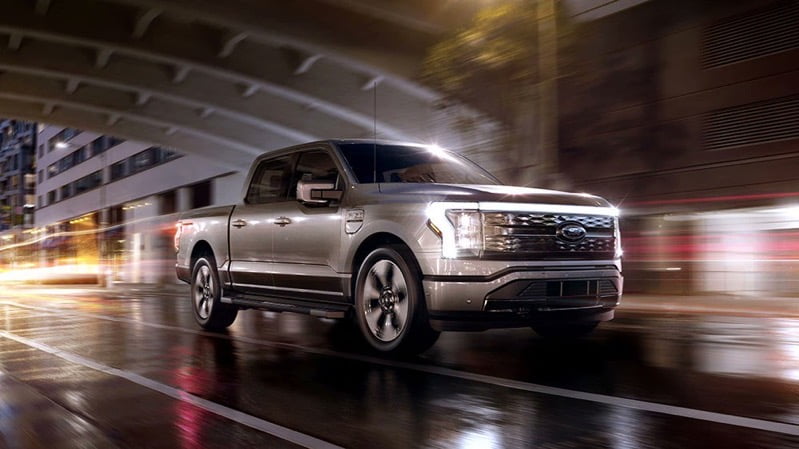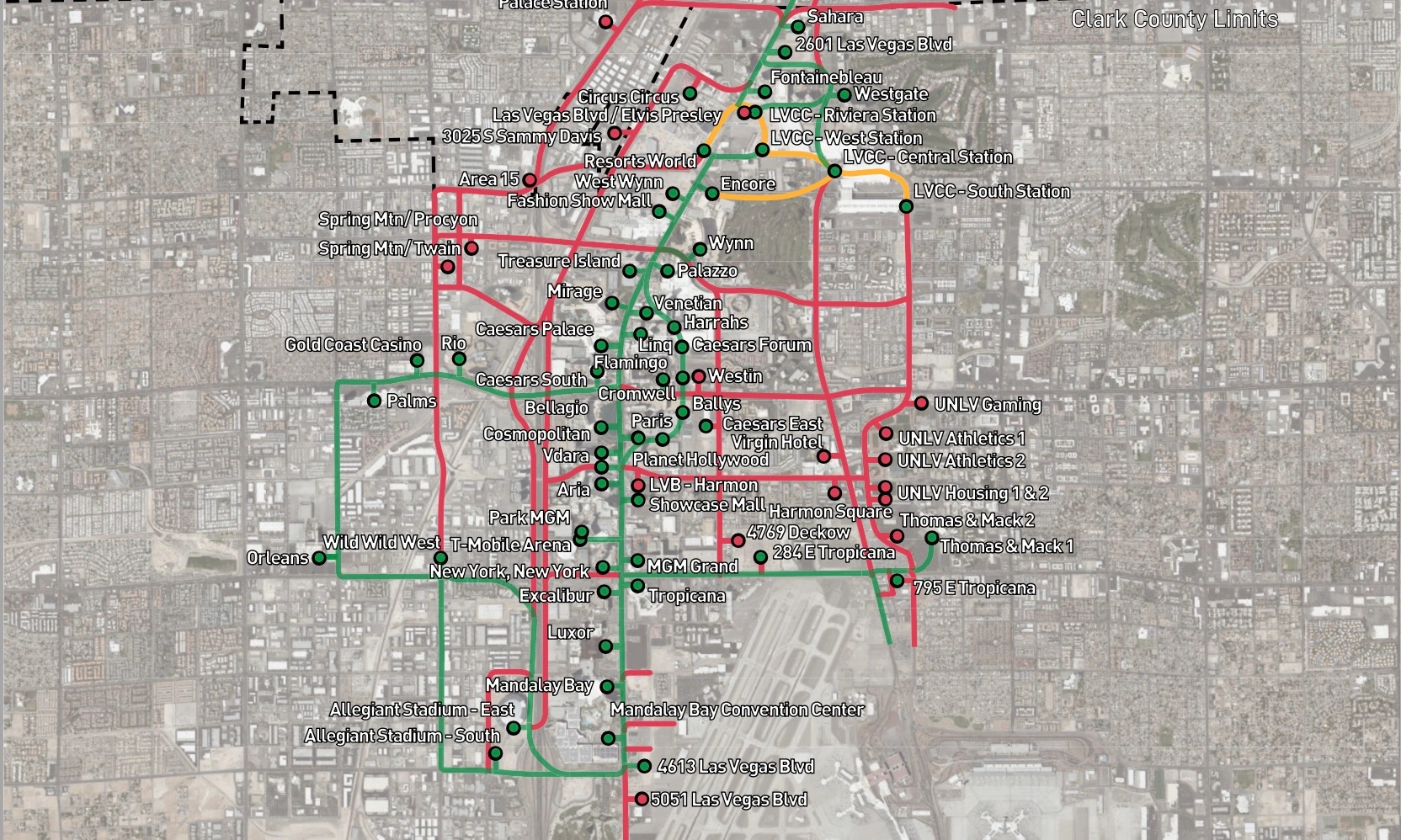
Valeo’s Next-Gen Lidar Promises Level 4 Self-Driving in 2024

Valeo, a Paris-based company that develops and supplies lidar technology for automotive applications, is developing the third generation of its Scala system, which it says will debut in 2024 and enable Level 4 self-driving (via Automotive News).
Dubbed Scala 3, the next-generation lidar system will supposedly offer 12X the resolution and triple the range of its predecessor, along with a much wider viewing angle that will be able to perceive details the human eye, cameras, and radar cannot.
According to Valeo, the system will be capable of detecting and tracking objects up to 220 yards away and will even be able to measure the density of raindrops to calculate proper braking distance.
Valeo’s current lidar system, Scala 2, enables Level 3 autonomous driving on the Mercedes-Benz S-Class. Mercedes-Benz is gearing up to release Drive Pilot, the automaker’s Level 3 self-driving tech, to the public later this year.
The first-generation Valeo lidar system, Scala 1, was integrated by Honda into last year’s Legend Hybrid sedan, the world’s first Level 3 autonomous driving car.
Scala 3, Valeo says, will enable autonomous emergency maneuvers at highway speeds up to 80 mph.
Valeo recently conducted a test in Tokyo to demonstrate how the Scala lidar system and a front camera, combined with vehicle-to-infrastructure communication, could autonomously steer through crowded streets and safely navigate between trucks and zipping passenger vehicles, all while maneuvering clear of pedestrians.
The system is Level 4-capable but operates in Level 2 mode during public testing, with a Valeo engineer on standby to take over.
Valeo makes both the hardware and software for its Scala systems. The company has more than 300 engineers working on the tech, and the lidars themselves are produced at its Wemding plant in Germany. Valeo is now aiming to provide standalone lidar-enabled driver-assist systems as plug-and-play platforms to automakers.
The French company is banking on lidar being the key to achieving truly autonomous driving. Valeo estimates that almost a third of all new premium vehicles sold by 2030 will feature at least Level 3 self-driving. By that time, Valeo projects the global lidar market will cross $50 billion USD.
Tesla’s autonomous driving system is based on cameras-only, dubbed Tesla Vision. The company started removing radar from its Autopilot driving suite altogether and the latest vehicles use only cameras powered by a neural net to drive autonomously.

